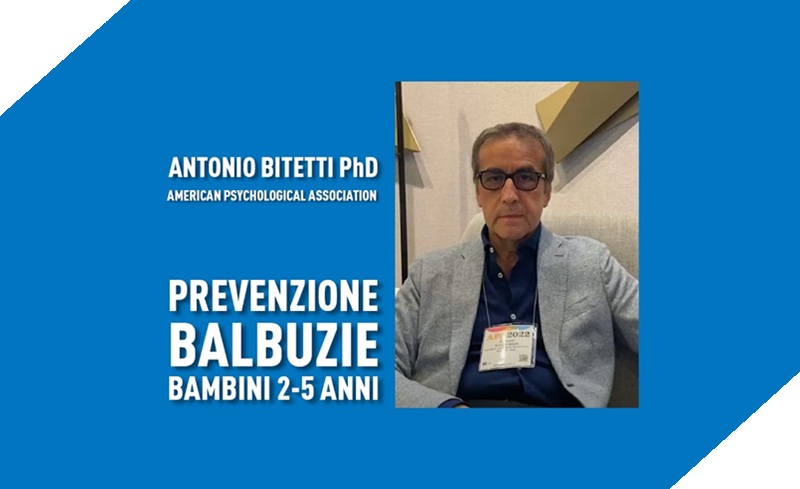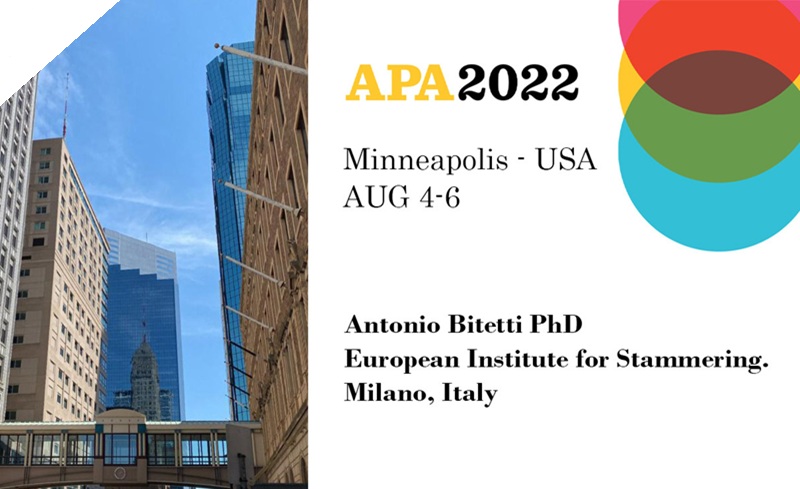There have always been attempts to explain the causes of stuttering. Various theories have been proposed: psychogenetic, neurological, theories that focus on language, laterality and the dominance of one hemisphere over the other, or theories that focus on the role of heredity. It is also possible to hypothesize a multifactorial nature in the etiopathogenesis of stuttering.
From a medical point of view, there is a tendency to interpret problems that are difficult to understand on an organic basis. In fact, one cannot blame those who, seeing an undoubted interpretative complexity of stuttering, tend to believe in an organic implication. In fact, in an important international symposium on stuttering, held in Rome in 2000, at Palazzo Barberini, the famous professor Yairi, of the University of Chicago, argued with a certain amount of certainty that stuttering could have a solid genetic basis, and foresaw the discovery of the gene or genes implicated in this problem. After many years, 17 years in fact, no gene has been discovered as a direct or indirect cause of stuttering.
This organic or genetic hypothesis, however, always fails against the evident fluidity of speech that the stutterer manifests in the quiet of his own room or in any other context where he is not subject to the gaze and judgment of others.
The strange thing is that for several years there has been a succession of news from different sources that speak of genetic identifications of the problem, announcing imminent gene therapies, but after a while everything is forgotten and we wait for the next news.
A very recent example is this article, taken from the AGI source:
(AGI) – Washington, – Stuttering is genetic. A group of researchers from the American National Institutes of Health has identified three genetic mutations that affect the way the brain processes speech and that are very common in people who stutter. The results were presented at the meeting of the American Association for the Advancement of Science underway in Washington. “It is clear that these defects are not the sole cause of the disorder,” said Dennis Drayson, the scientist who coordinated the study. “A large fraction of the disorder,” he continued, “is probably not genetic for everyone, but these genes are providing us with a lot of surprises.” “At a rough estimate,” Drayson said, “about half of stuttering is due to what we inherit from our families.” At the moment, American scientists have created a genetically modified mouse in the laboratory that has the genetic mutations identified. Now researchers are convinced they can find a cure to treat genetic stuttering.
It is clear that the study on mice is very different from the study on humans, also because mice have not developed language, unlike humans who are the only creatures to possess it, with the very clear relational implication that language entails. They are clockwork information, never seriously documented and never expressed in detail, through the identification of the gene or genes that cause stuttering.
One suspects that from various quarters there is an attempt to shift interest towards a sector of intervention on a medical basis, with that rehabilitative culture that in itself is obsolete, clumsily attempting to maintain a curative domain, which is now largely dated. In the vast majority of stutterers, however, there is certain knowledge of that variability of the problem in relation to the presence of people, especially strangers or those considered important.
It seems that the rhythm and melody disorders and also the apparent breathing and articulation disorders are of a secondary nature since they are superimposed on stuttering. Instead, motor development disorders, associated or not with lateralization disorders, speech or language delay, at a mental or linguistic level, are by far the most important. From these difficulties arises a state of tension to which psychological components of variable entity are added (Dinville C.).
Psychological factors that can develop in a more or less serious way during conflicts and emotional situations, risk generating serious changes in the mental development of the subject and in his future behavior. In the growth period that represents a moment in the life of the child, in which all affective situations play a decisive role, psychological factors risk intensifying particularly during the pre-puberty period, due to the aggressive reactions typical of this period. This way of being will be structured during adolescence and risks worsening in adulthood, causing major disorders of verbal communication.
However, it cannot be said in any way that once the presence of multiple factors associated in a variable manner depending on the case occurs, the subject necessarily becomes a stutterer. It seems certain that several factors will be associated with a constitutional factor.
The problem of investigating the role that limitation plays in the onset of stuttering has often been raised. It should not be considered as a trigger factor in a subject who is not predisposed to stuttering. In this case, imitation is nothing more than a game that the child tires of and everything falls back into place. Instead, the child who lives in a tachycardic environment or with a family member who stutters will have great difficulty controlling his speech speed and his impediments, if he himself is predisposed to stuttering.
It is necessary to highlight the correlation between stuttering and the different types of language processing disorders (delay in the onset of speech, dyslexia, dysorthographia) that have an evident relationship. Some claim that this prevalence is due to the delay in language development in males compared to females.



